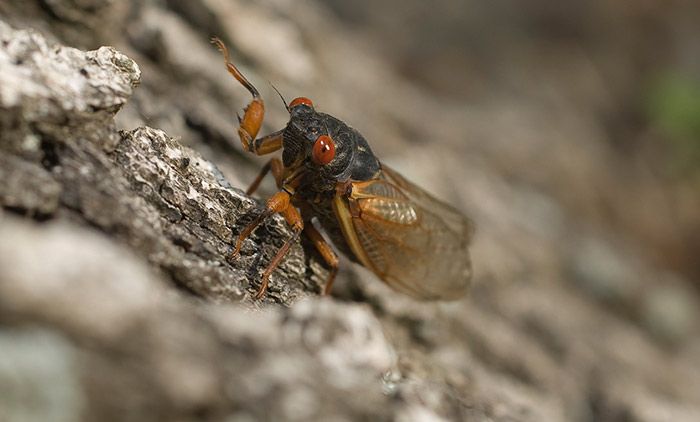Cicada, North Carolina, May 2011. Photo courtesy Wikimedia.
Cicadas might be a pest, but they’re special in a few respects. For one, these droning insects have a habit of emerging after a prime number of years (7, 13, or 17). They also feed exclusively on plant sap, which is strikingly low in nutrients. To make up for this deficiency, cicadas depend on two different strains of bacteria that they keep cloistered within special cells, and that provide them with additional amino acids. All three partners – the cicadas and the two types of microbes – have evolved in concert, and none could survive on its own.
These organisms together make up what’s known as a holobiont: a combination of a host, plus all of the resident microbes that live in it and on it. The concept has taken off within biology in the past 10 years, as we’ve discovered more and more plants and animals that are accompanied by a jostling menagerie of internal and external fellow-travellers. Some of the microorganisms kill each other with toxins, while others leak or release enzymes and nutrients to the benefit of their neighbours. As they compete for space and food, cohabiting microbes have been found to affect the nutrition, development, immune system and behaviour of their hosts. The hosts, for their part, can often manipulate their resident microbiota in many ways, usually via the immune system./.../

No comments:
Post a Comment